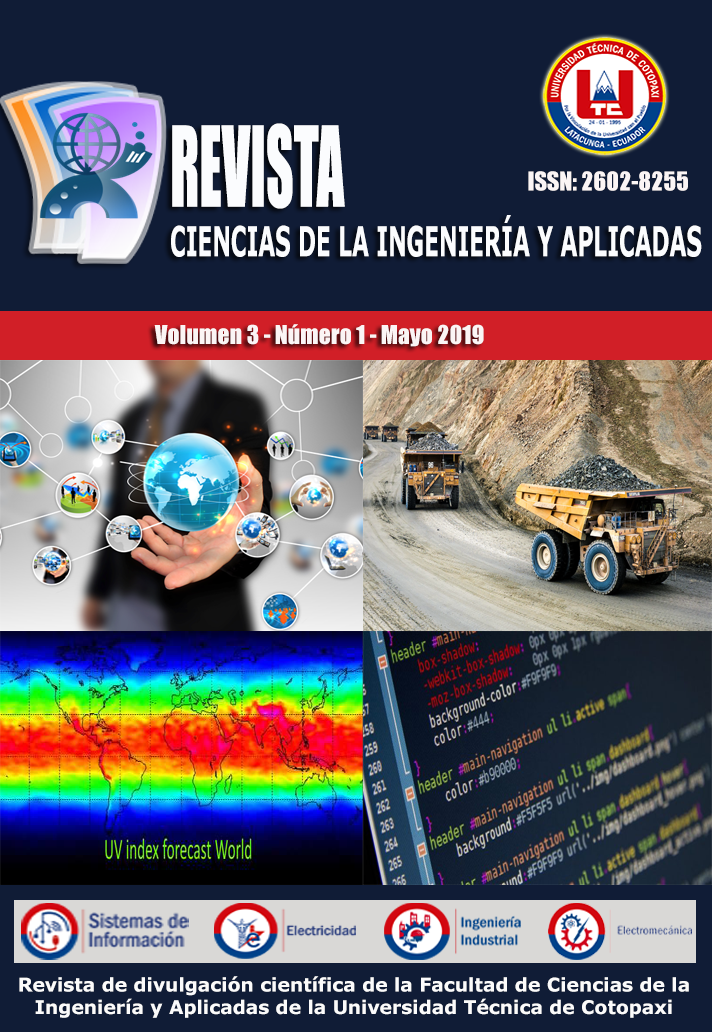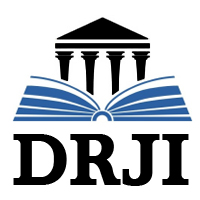Array Programming in C++
Abstract
This article presents a brief theoretical basis of programming using the C++ language, focusing on the development of arrays and their ordering methods. Adding necessary topics related to programming with the C++ language, since these topics will be necessary to be able to provide a solution to the problem posed, the analysis of said problem will be explained, fragments of the catch used to provide a solution to the exercise. Once the exercise is finished, we must begin with the analysis of the IDES'S that will be used for the development of the program, adding an analysis of the most used methods in the organization of data from an array, taking into account subsequent research. A weighting will be determined for each method to validate which of them is the most used. All of this will be done through percentage tables from which the data obtained will be taken and the conclusions on these parameters to be analyzed will be determined.
Downloads
References
(1) G. Aburruzaga, I. Medina, and P. Francisco, Fundamentos C++, 2a. ed. Madrid(España): Universidad de Cadiz, 2006.
(2) EcuRed contributors, “IDE de Programación.” (Online). Available: https://www.ecured.cu/index.php?title=Especial:Citar&page=IDE_de_Programación&id=2881136. (Accessed: 05-Mar-2019).
(3) colaboradores de wikipedia, “Detalles bibliográficos de Microsoft Visual Studi,” 2009. (Online). Available: https://es.wikipedia.org/w/index.php?title=Microsoft_Visual_Studio&oldid=114858532. (Accessed: 06-Mar-2019).
(4) colaboradores de Wikipedia, “Detalles bibliográficos de Dev-C++,” 2019. (Online). Available: https://es.wikipedia.org/w/index.php?title=Dev-C%2B%2B&oldid=114235733. (Accessed: 06-Mar-2019).
(5) cppconference, “Funcion Main,” 2018. (Online). Available: https://es.cppreference.com/mwiki/index.php?title=cpp/language/main_function&oldid=32412. (Accessed: 29-Mar-2019).
(6) Joyanes Aguilar Luis, Programación en c++ Algoritmos estructura de datos y objetos., 2a.ed. Madrid(España): McGraw-Hill España, 2006.
(7) EcuRed contributors, “Datos bibliográficos sobre Algoritmo de ordenamiento por selección,” EcuRed,. (Online). Available: https://www.ecured.cu/index.php?title=Algoritmo_de_ordenamiento_por_selección&oldid=1424584. (Accessed: 01-Mar-2019).
(8) Microsoft, “Microsoft Visual Studio.” USA, 1997.
(9) Bloodshed Software and Johan Mes, “Dev-C++.” USA, 2005.
(10) The Code::Blocks team, “Code::Blocks.” USA, 2005.
(11) O. Vallejos and G. Arduino, “ALGORITMIA DE LA ORDENACIÓN EFICIENTE Necesidad de Ordenar Eficientemente Análisis Algorítmico.” pp. 569–578, 2012.
Copyright (c) 2019 Ciencias de la Ingeniería y Aplicadas

This work is licensed under a Creative Commons Attribution-NonCommercial-NoDerivatives 4.0 International License.
The authors who publish in this journal agree to the following terms:
- Creative Commons Attribution-NonCommercial-NoDerivatives License allows others to share the work with acknowledgment of authorship of the work and initial publication in this journal.
- Authors may separately establish additional agreements for the non-exclusive distribution of the version of the work published in the journal (for example, placing it in an institutional repository or publishing it in a book), with an acknowledgment of its initial publication in this journal.
- Authors are permitted and encouraged to disseminate their work electronically (for example, in institutional repositories or on their own website) before and during the submission process, as it can lead to productive exchanges, as well as further citation. earliest and largest of published works (See The Effect of Open Access) (in English).












